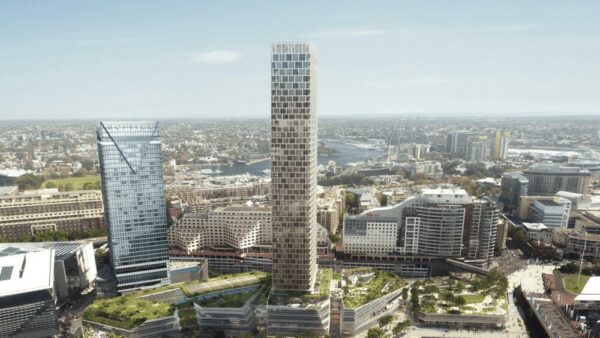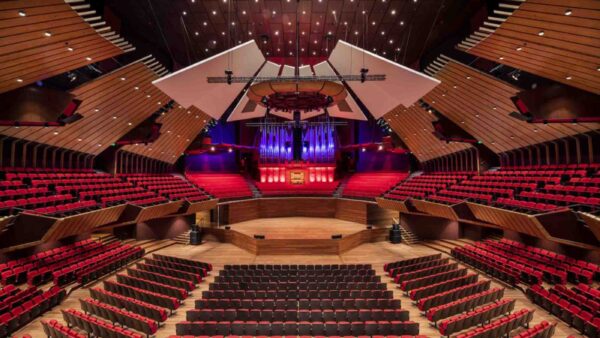A project to fit the Golden Gate Bridge in San Francisco with a safety net to prevent suicides has been delayed after its estimated cost more than doubled.
The barrier, to be set 20ft below the bridge to catch people, was originally estimated to cost $76m, but bids for the project came in much higher, pushing the cost to nearly $200m and prompting the bridge management board to delay the decision and search for finance.
Emotional appeals have been made to the board, as statistics from other suicide spots show that safety nets bring dramatic decreases in fatalities.
Crossing the mouth of San Francisco bay, the bridge is thought to be the most popular suicide spot in the world.
I don’t want other families to experience what mine has. I hope the safety net gets built soon. I wish with all my heart it had been there for my boy– Patricia Madden, mother of suicide victim
It has been the site of around 1,500 attempts in its 79-year history. On average, one person jumps from the bridge every two weeks, and only one in 50 survives.
This has led to calls for it to copy other notorious suicide spots and fit safety barriers.Â
The bridge board decided to delay the project at a meeting on 23 September, which heard an emotional address by a woman whose 15-year-old son took his own life last year.
“My plea to you today is to not let the process of constructing the safety net take any longer than absolutely necessary,” said the mother, Patricia Madden, local media reported. “I don’t want other families to experience what mine has. I hope the safety net gets built soon. I wish with all my heart it had been there for my boy.”
The suicide barrier would be placed 20ft below and 20ft from the side of the deck. It would be made of stainless steel cable to stand up to the elements, and be coloured grey to blend with the water.
Officials are also planning to hire five extra safety officers to patrol the 5km of pedestrian walkways.
The board voted to delay the project until 9 January to allow time for a funding plan to be devised. Bridge officials had estimated that it would cost $76m to fit a net along both sides of the 2.7-km-long deck, but two bids, received in July, came in higher.
A joint venture between two Oakland-based contractors, Shimmick Construction and Danny’s Construction Company, offered to carry out the work for $142m.
The Pennsylvania-based American Bridge Company submitted its bid at $174m.
Now officials are noting the total cost, with a contingency fund, could be as high as $198m.
The bridge board has asked the contractors to freeze those tenders while it attempts to raise finance for the project, which is expected to take three years to complete.
Other suicide spots, such as the Empire State Building, the Eiffel Tower and Sydney Harbour Bridge have been fitted with safety nets, and have recorded a rapid fall in incidents. At Toronto’s Prince Edward Viaduct, reportedly the world’s second-most common suicide site, the number of fatal jumps dropped to zero.
These statistics raise the question of whether people who are stopped from jumping, or who survive, find another way to end it all.
In 1978, Richard Seiden, a professor at the University of California at Berkeley, found the records of 515 people whom police had rescued from suicide attempts on the bridge. The study, called “Where Are They Now?”, found that 90% were still alive or had died from natural causes. A copy of the paper can be accessed here.
Image: A visualisation of the bridge with safety net (Golden Gate Bridge)
Comments
Comments are closed.







Sorry if this may sound so very stupid: But would it not be a whole lot more safe and affordable to simply and very securely totally enclose the sides and the tops all of the walkways – if they cannot jump then they surely won’t!!!
Why waste funds to save those who want to commit suicide as if one bridge was to have suicide barrier there are other bridges and high rise buildings from where one can commit suicide. This was done in the 1950s in two cities in Malaysia for two high rise buildings near the High Court where some those who were declared bankrupt went up and then jumped and to prevent access to the highest floor was sealed.
Since then suicides have continued except on these two buildings but then suicide due to ‘bankruptcy’ status has also non-existent as being a bankrupt is no more a disgrace but in some cases may even be considered as a prestigious status as it proves that the person succeeded in beating the system.